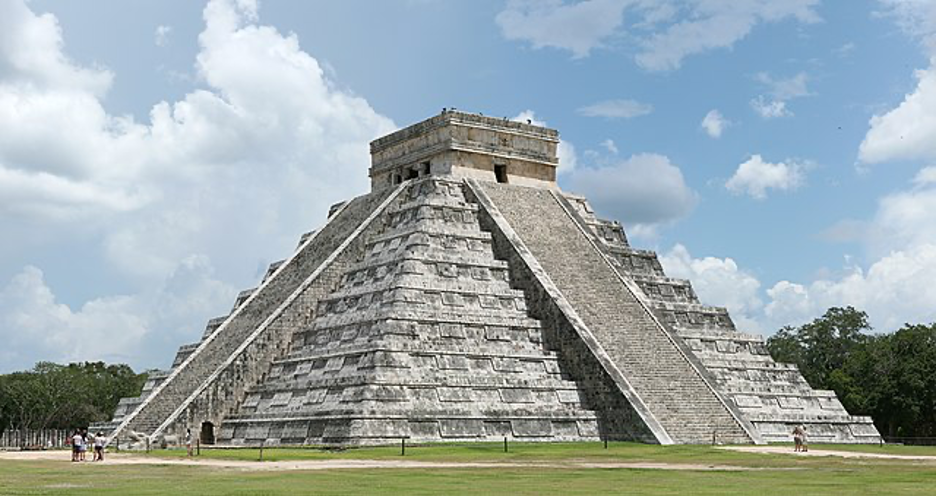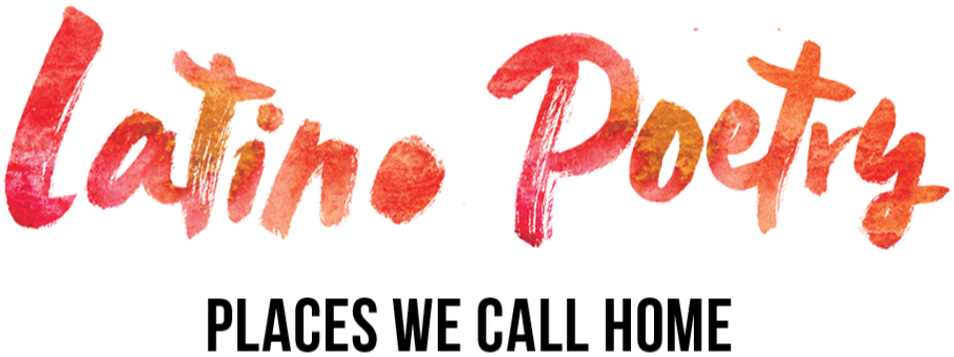UNAM to Use Outer Space Cosmic Rays to Uncover Interior of Kukulcan Pyramid
Gaceta UNAM announced that explorers are gearing up to delve into the depths of the Kukulcán pyramid/Temple, also known as El Castillo, at Chichén Itzá, Mexico. They will employ non-invasive cutting-edge technology and international collaboration. With the approval of Mexico's National Institute of Anthropology and History (INAH) and funding from the UNAM (National Autonomous University of Mexico) as well as the U.S. National Science Foundation, this endeavor promises groundbreaking discoveries. Joining forces in this project include esteemed academics from the University of Virginia and Dominican University, as is Fermilab, a particle physics and accelerator laboratory in the United States.
The endeavor utilizes a technique called Muography for Non-Invasive Archaeological Uses or its Spanish acronyms NAUM. By harnessing cosmic rays and muon detectors, scientists hope to create an image of the insides of El Castillo, the towering pyramid dominating the Chichén Itzá archaeological site.
The endeavor utilizes a technique called Muography for Non-Invasive Archaeological Uses or its Spanish acronyms NAUM. By harnessing cosmic rays and muon detectors, scientists hope to create an image of the insides of El Castillo, the towering pyramid dominating the Chichén Itzá archaeological site.
Cosmic rays from the universe, primarily composed of hydrogen nuclei, bombard Earth's atmosphere, producing particles like pions that decay into muons. These charged muons, abundant in cosmic radiation, penetrate the Earth's surface. Muons, unlike neutrinos, are detectable and countable, with rates varying based on energy levels. If a count is conducted on a pyramid and there is an irregularity, its because there is a change in density on the structure, a chamber or hidden space.
The muon detector is equipped with scintillating plastic bars that emit light when struck by muons. These signals are then digitized, analyzed, and transmitted to participating universities for further study. By employing a three-plane configuration, researchers enhance spatial resolution, allowing for more precise measurements.This technique, previously used by scientists like Luis Alvarez in Giza and Menchaca in Teotihuacan, now employs smaller instruments, applicable even in confined spaces like Mayan tunnels.
Preparations for the expedition have been meticulous, including laser scanning of the pyramid's dimensions, testing detector sizes, and assessing environmental conditions within the site. Despite challenges like collapsed tunnels, the team remains undeterred, buoyed by the support of institutions like UNAM, which plays a pivotal role in the project's success.
Before its deployment to Chichén Itzá, the muon detector will undergo rigorous testing at the Institute of Physics, UNAM, to ensure its functionality. Once operational, it is expected to take approximately six months to complete the “radiographic” scan of El Castillo.
This collaborative effort promises not only to unveil the secrets of Chichén Itzá's iconic pyramid but also to showcase the power of interdisciplinary research and international cooperation in unraveling the mysteries of our shared human heritage. As the countdown to exploration begins, anticipation builds for what discoveries lie hidden beneath the ancient stones of Kukulcán.
The muon detector is equipped with scintillating plastic bars that emit light when struck by muons. These signals are then digitized, analyzed, and transmitted to participating universities for further study. By employing a three-plane configuration, researchers enhance spatial resolution, allowing for more precise measurements.This technique, previously used by scientists like Luis Alvarez in Giza and Menchaca in Teotihuacan, now employs smaller instruments, applicable even in confined spaces like Mayan tunnels.
Preparations for the expedition have been meticulous, including laser scanning of the pyramid's dimensions, testing detector sizes, and assessing environmental conditions within the site. Despite challenges like collapsed tunnels, the team remains undeterred, buoyed by the support of institutions like UNAM, which plays a pivotal role in the project's success.
Before its deployment to Chichén Itzá, the muon detector will undergo rigorous testing at the Institute of Physics, UNAM, to ensure its functionality. Once operational, it is expected to take approximately six months to complete the “radiographic” scan of El Castillo.
This collaborative effort promises not only to unveil the secrets of Chichén Itzá's iconic pyramid but also to showcase the power of interdisciplinary research and international cooperation in unraveling the mysteries of our shared human heritage. As the countdown to exploration begins, anticipation builds for what discoveries lie hidden beneath the ancient stones of Kukulcán.
Comment Box is loading comments...
|
|









